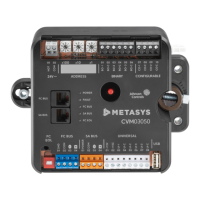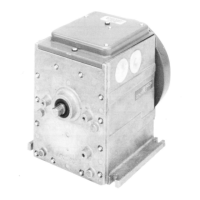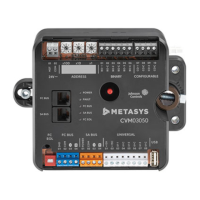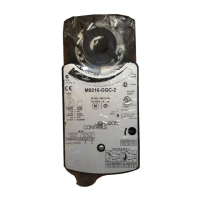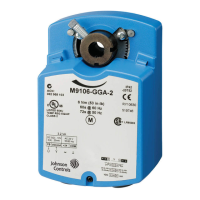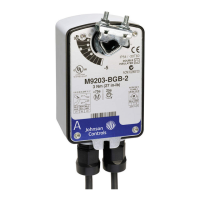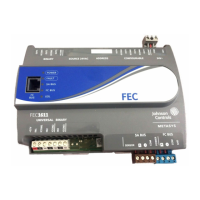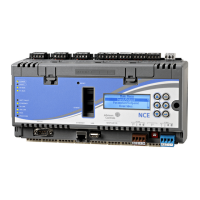Cable and Wire Length Guidelines
Table 5 defines cable length guidelines for the various wire sizes that may be used for wiring low-voltage (<30 V)
input and outputs.
Table 5: Cable Length Guidelines for Recommended Wire Sizes for Low-Voltage (<30 V) Inputs and Outputs
AssumptionsMaximum Cable
Length and Type
Wire Size/Gauge and TypeGuideline
100 mV maximum voltage drop
Depending on cable and the connected input
or output device, you may have to define an
offset in the setup software for the input or
output point.
457 m (1,500 ft) twisted
wire
1.0 mm (18 AWG) stranded copperA
297 m (975 ft) twisted wire0.8 mm (20 AWG) stranded copper
183 m (600 ft) twisted wire0.6 mm (22 AWG) stranded copper
107 m (350 ft) twisted wire0.5 mm (24 AWG) stranded copper
100 mV maximum voltage drop
Depending on cable and the connected input
or output device, you may have to define an
offset in the setup software for the input or
output point.
229 m (750 ft) twisted wire1.0 mm (18 AWG) stranded copperB
137 m (450 ft) twisted wire0.8 mm (20 AWG) stranded copper
91 m (300 ft) twisted wire0.6 mm (22 AWG) stranded copper
61 m (200 ft) twisted wire0.5 mm (24 AWG) stranded copper
N/A
See Figure 8 to determine
cable length. Use twisted
wire cable.
See Figure 8 to select wire size/gauge.
Use stranded copper wire
C
Maximum Cable Length versus Load Current
Use Figure 8 to estimate the maximum cable length relative to the wire size and the load current (in mA) when wiring
inputs and outputs.
Note: Figure 8 applies to low-voltage (<30 V) inputs and outputs only.
Figure 8: Maximum Wire Length for Low-Voltage (<30 V) Inputs and Outputs by Current and Wire Size
18FEC26 Field Equipment Controllers Installation Instructions
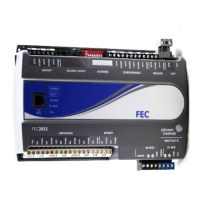
